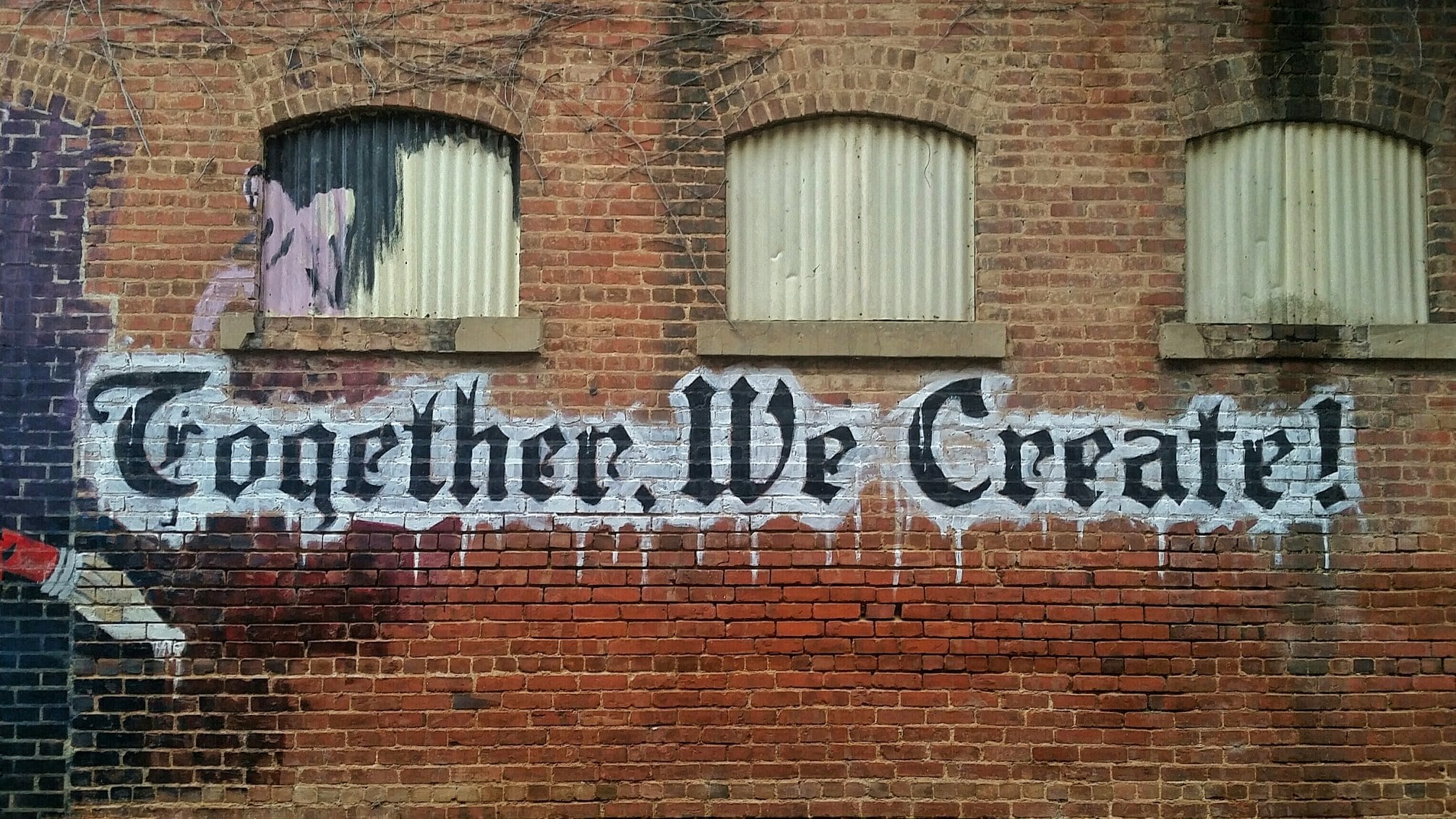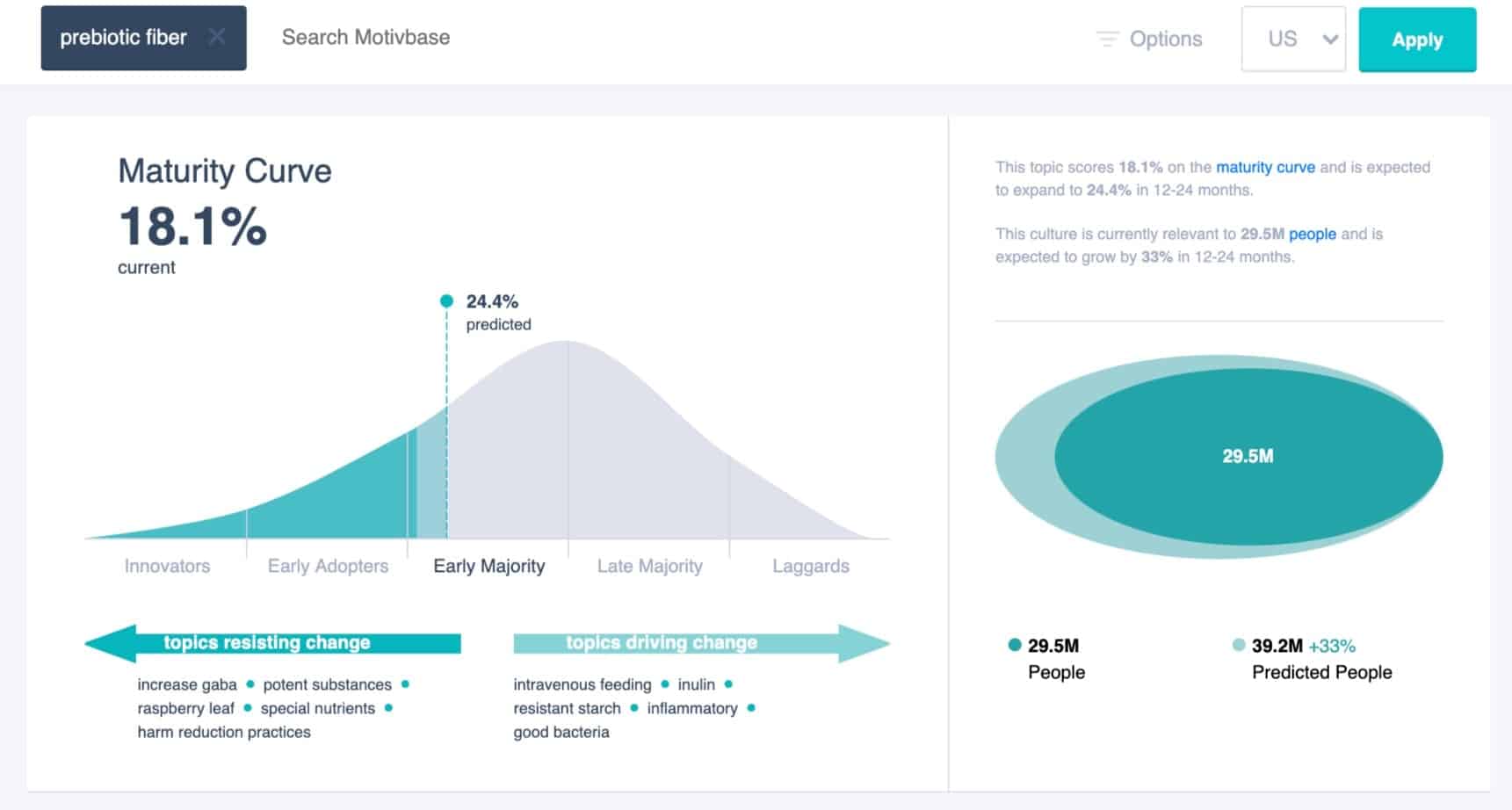
The Chief Innovation Officer (CINO). Twenty years ago, this position in the c-suite was quite rare. But today it is one of the most important roles responsible for driving growth in the Fortune 1000. But as Darko Lovric and Greig Schneider outlined in their 2019 Harvard Business Review Article, the role is still in its infancy. As a result, both the responsibilities and approach to the role vary based on the business challenges the organization is looking to solve.
So, what does this mean for a VP or Director that is working in innovation and R&D? Especially if they are tasked with informing and educating the CINO on cultural opportunities and threats to the business?
It means, that you not only have to consider the type of CINO you are working with. You have to also consider the best types of research inputs you require to keep them informed and up to date in a rapidly changing consumer marketplace.
But different types of Chief Innovation Officers have different expectations when it comes to research.
In this series of six posts, we will build off the HBR article referenced above. We will look at the six main types of Chief Innovation Officers identified by Lovric and Schneider but also, outline the different ways an AI based anthropological approach can complement your CINO’s unique personality and skill set.
Chief Innovation Officer #1:

Lovric and Schneider identify the Researcher as someone who “use(s) scientific methodology to tame the profusion of ideas and wrest insights from a multitude of data”. This is your lab coat loving Chief Innovation Officer. They wake up in the morning, driven to invent something completely new and novel that will turn out to be the next big thing in their category.
The challenge is that in their quest to develop new intellectual property (IP), their innovations can have a higher rate of failure and create more tension in the organization. As a result, Lovric and Schneider highlight that this type of CINO thrives in a team where innovation is just as focused on “determining the right questions as it is about finding the answers”.
This is where an agile, anthropological approach can be critical.
When dealing with a “Researcher”, their scientific leanings can make them less open or accepting of qualitative research. But it is anthropology’s cultural understanding of consumers that can most accurately verify if your innovation team is “asking the right questions” when considering the development of new IP.
Thankfully, advancements in AI Anthropology mean that we can look at big data sets, through an anthropological lens. By increasing the size of our data pool, we can eliminate the bias and inaccuracy that the CINO sometimes associates with qualitative methods.
For starters AI anthropology eliminates the availability heuristics as defined by Nobel Prize winning Economist Daniel Kahneman.
An availability heuristic is a mental shortcut that relies on immediate examples that come to mind. When you are trying to make a decision or infer something, a number of related events or situations immediately spring to the forefront of your thoughts. And because they spring to you immediately, you assume they’re right. This causes availability bias and is a problem with most traditional qualitative or ethnographic research models (with small N samples), as well as research that relies on asking consumers why they do what they do.
By creating an AI system that eliminates the human factor (especially in data collection, organization, and initial interpretation of context and motivation), we can leverage an anthropological engine to identify patterns amongst millions (and not tens) of consumers. As Kahneman points out, the more data leveraged, the less likely the probability of misinterpreting the results.
Secondly, by looking at this vast amount of data via a purely observational lens, we are not interrupting consumers, and instead are truly immersing ourselves in the lives of the people who will choose our product or care about a topic or issue.
Lastly, and arguably most importantly, AI Anthropology allows us to quantify shifts in culture. And as you can imagine, that quantification can help ‘the researcher’ CINO feel more confident about the cultural data you are using to inform your innovation and R&D decisions.
When you examine a topic or a trend you are able to predict how much it is increasing in relevance in culture.
Achieving this was no easy feat. It required us to build a model that analyzes the topic universe surrounding a search term and examines changes within the topic universe over the course of time. In essence, we use the machine to model and study the constellation of meanings around any topic, idea, or trend.
Specifically, the algorithm determines if —
- There are new topics entering the topic universe surrounding a search term (this is nothing but the culture of a topic).
- These new topics are more mature than the ones currently making up the topic universe — i.e. are they relevant to a much broader portion of the population?
- If these new topics are making the topic universe less diverse. That is, the more mature a topic, the less diverse set of meanings it carries.
- These more mature topics are increasing in both volume and strength of connection to the search term.
Based on the results of this four-stage analysis, using four years of data on that topic, the algorithm is able to run a prediction, and also provide a time frame for the prediction.
Each prediction comes with a few important metrics.
- Time frame indicates the number of years required to reach the predicted result.
- “Topics driving change” refers to topics that are pushing the trend towards the right on the maturity curve, while “topics resisting” are doing the opposite.
- The prediction indicates –
- The future position of the maturity curve, and the future core market.
- The level of volatility exhibited by the topic. If the topic is highly volatile, then the system will not deliver a prediction. You will see this from time to time.
What does this mean for you?
It means you can go to your highly analytical CINO and present insights, that while qualitative in nature are based on quantifying shifts in consumer culture. And when they ask how accurate these predictions are, you can say that in over 1000 bench marking searches, where we compared predictions in the past to current outcomes, 80.4% of our predictions held up with a 4.8% margin of error.
This far outperforms the industry standard and is why our clients’ front-end innovation initiatives succeed more when based on our research.
Conclusion:
Over a year ago, we were working with the Global Director of Sensory Science at a major CPG food company. She worked with a very talented Chief Innovation Officer that fit the “Researcher” archetype perfectly. And they were about to invest millions in the well-being space.
But something wasn’t sitting right with the Director. So, she commissioned us to do a 5 day sprint, and use our AI Anthropology platform to explore the culture of wellness & well-being.
We were able to not only show that these two terms could not be used interchangeably (the Chief Innovation Officer was convinced they meant the same thing), but we were also able to identify and quantify demand spaces for wellness, that better aligned with the technical requirements the R&D team was able to action upon.
We were able to help the Director prove to the CINO they were asking the wrong question with culturally relevant big data.
And when the CINO saw the report, it was large sample size and volume of data that allowed him to accept that he had misinterpreted the consumer’s point of view.
“The numbers don’t lie.” He said.
That’s the power of quantifying shifts in culture with AI and Anthropology.
NEXT UP:
Chief Innovation Officer # 2: The Engineer

